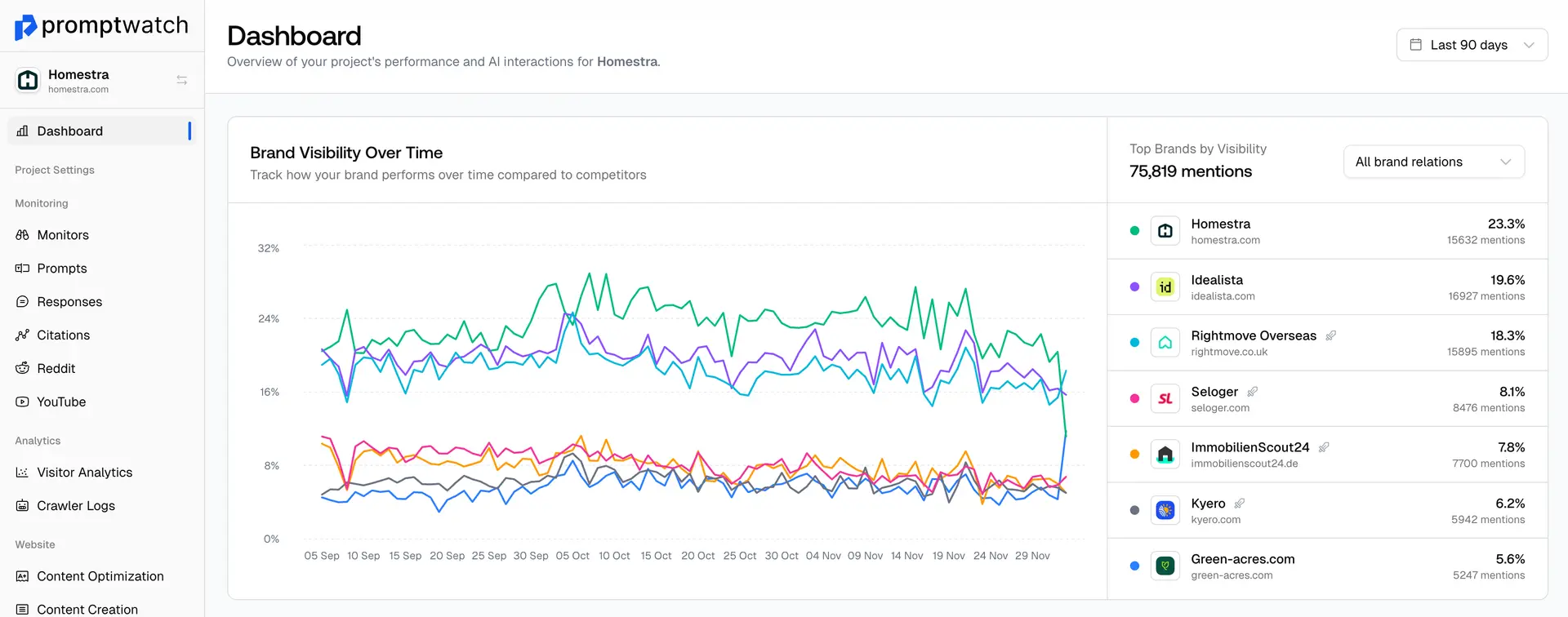Definition
BERT (Bidirectional Encoder Representations from Transformers) is a natural language processing algorithm developed by Google that revolutionized how search engines understand the context and nuances of human language in search queries. Introduced to Google Search in 2019, BERT represents one of the most significant improvements to search understanding in recent years, particularly for complex, conversational, and long-tail queries.
Unlike previous algorithms that processed words in sequence, BERT can look at words bidirectionally - considering the full context of a word by examining the words that come before and after it simultaneously. This allows for much better understanding of prepositions, conjunctions, and other connecting words that significantly affect meaning.
BERT particularly improves understanding of conversational queries, questions with multiple concepts, long-tail keywords with specific context, and search queries where small words make big differences in meaning.
For AI-powered search and GEO optimization, BERT's influence extends beyond traditional search into how AI systems understand and process natural language queries. Content optimized for BERT and similar language understanding models performs better across various AI platforms because these systems all rely on advanced natural language processing.
Optimizing for BERT requires writing in natural, conversational language, focusing on comprehensive content that answers complete questions, using clear context and specific details, avoiding keyword stuffing in favor of natural expressions, and creating content that addresses the full intent behind user queries.
Examples of BERT Algorithm
- BERT helping Google understand that in the query 'do estheticians stand a lot at work,' the word 'stand' refers to physical posture, not taking a position on something
- The algorithm better interpreting '2019 brazil traveler to usa need a visa' by understanding the directional context and relationships between words
- BERT improving results for conversational queries like 'what's the best way to get paint off hardwood floors without damaging them'
- The algorithm understanding nuanced questions where prepositions change meaning, such as 'flights to Barcelona' versus 'flights from Barcelona'
